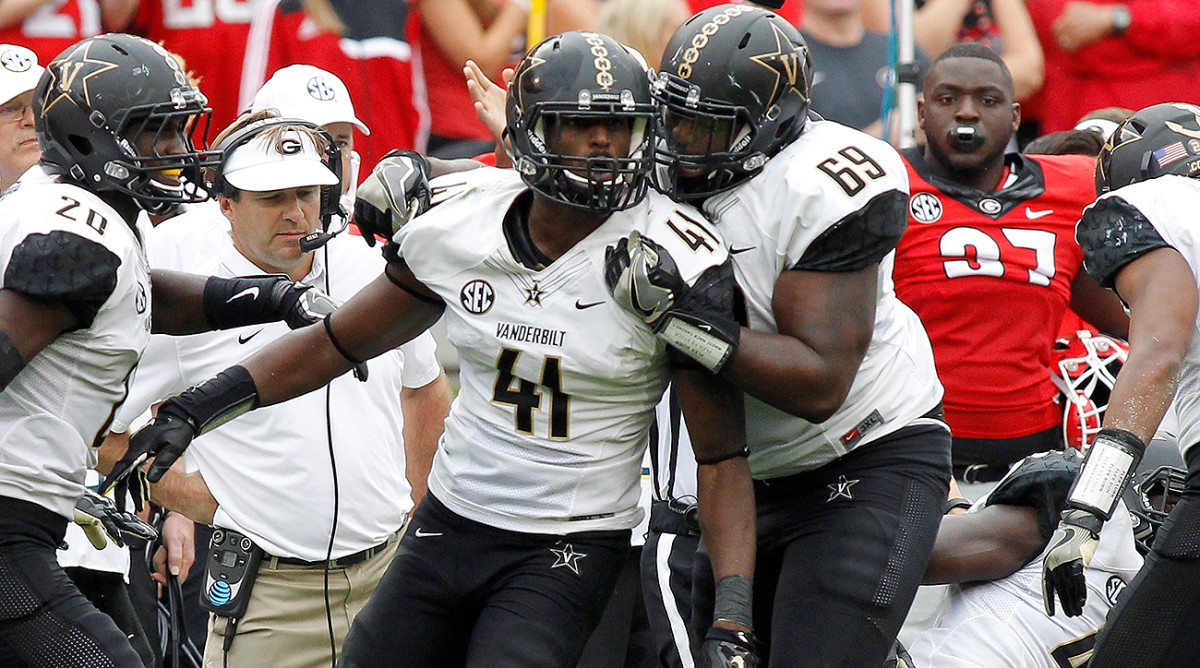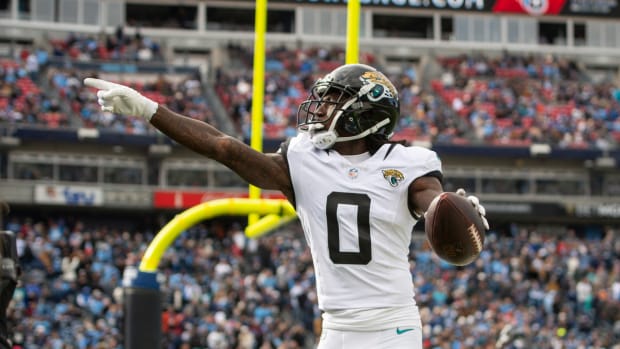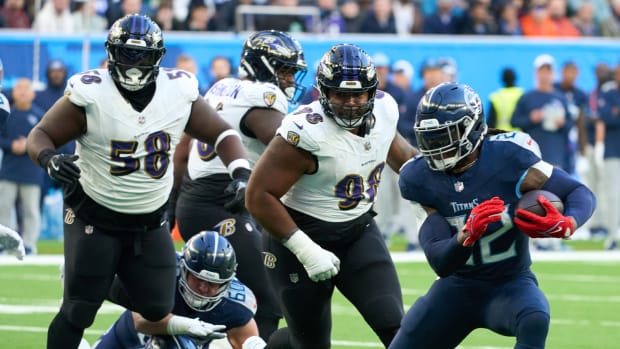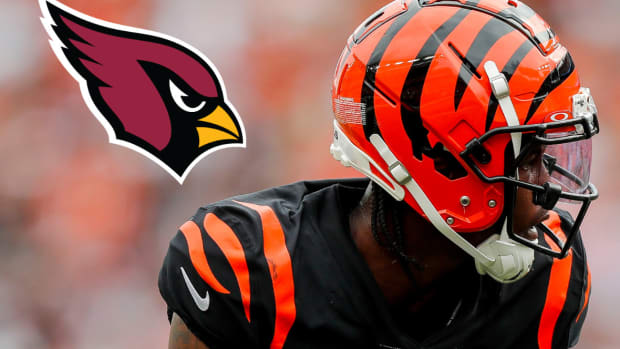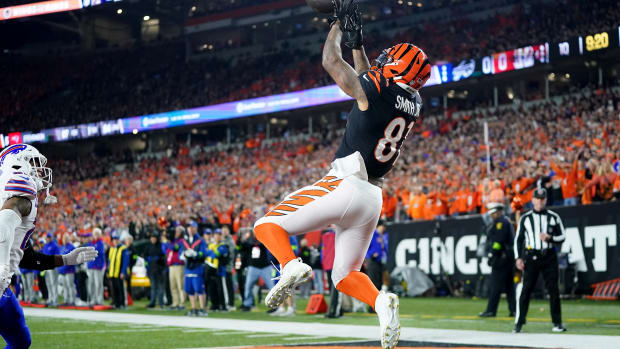2017 NFL draft prospect countdown, No. 20: Zach Cunningham, LB, Vanderbilt
What you need to know: A first-team All-America selection in 2016, Cunningham led the SEC last season with a whopping 125 tackles—just shy of 10 per game. He topped double digits in seven of Vanderbilt’s 13 games, including a remarkable 19-tackle effort at Georgia that culminated with Cunningham sealing a win by stuffing a fourth-and-one run. For his three-year career, Cunningham recorded 256 tackles (36.0 for loss), plus 6.0 sacks, six forced fumbles and seven fumble recoveries. Cunningham redshirted during his first year at Vanderbilt, but he claimed a starting job partway through the ’14 campaign. He was a first-team All-SEC honoree each of the past two seasons.
Strengths: Even when a defense is funneling tackles your way, ringing up 125 of them in a season is a lot more than a right-place, right-time phenomenon.
Cunningham (6' 3", 244 pounds) reads plays with the diagnostic efficiency needed to be a potent NFL linebacker. There are times when his patient approach is even reminiscent of a running back—think of how Le’Veon Bell dances in the backfield before accelerating through a gap. Cunningham will take him time, when it’s available, to find the right attack zone and then explode through it to make a play in the backfield.
He is effective working sideline to sideline, too, because he can dance around any muck in the middle of the field. (It’s a different story when a linemen catches him on the second level, which we’ll cover below.) Cunningham almost always seems to find himself around the football on plays that stretch wide.
As he showed during drills at the combine, Cunningham also brings the athleticism to play in coverage. His football intelligence serves him well when dropping into a zone, but he also can body up tight ends going across the middle or slip out to work against running backs. The team that drafts him should have minimal concerns about using him as a three-down defender.
Further helping his case: He can blitz a little, too. While Cunningham did not record a sack in 2016, he had 4.5 in ’15, and the Commodores occasionally lined him up as an A-gap blitzer. He could be a threat from that spot in the NFL.
Weaknesses: So, back to the second-level blocks. For as many tackles as Cunningham made, and for as often as he found his way to the ballcarrier, he doesn’t have much in the repertoire to come unglued once a guard or even a tight end latches on to him. He needs to play a free-flowing spot, without a lot of heads-up showdowns against bigger players.
“That’s definitely been a knock that I’ve heard about me, being able to have that strength, playing at the linebacker position,” Cunningham said. “I’ve been around 225-230 [pounds]. So most of the questions I’ve gotten [are]: would I be able to put on say 10 more pounds and play at that weight? Would I be O.K. with that. And that’s something I would definitely be open to. I think with my frame, that’s something I would be able to do.”
Running in contrast to his high tackle production, it was a fairly regular occurrence to see Cunningham flying through the air while coming off a tackle attempt. He doesn’t always keep his feet behind him and instead opts for diving attempts at times—that’s an easy way to have running backs break through arm tackles.
NFL player comparison: Kiko Alonso, circa 2013
































